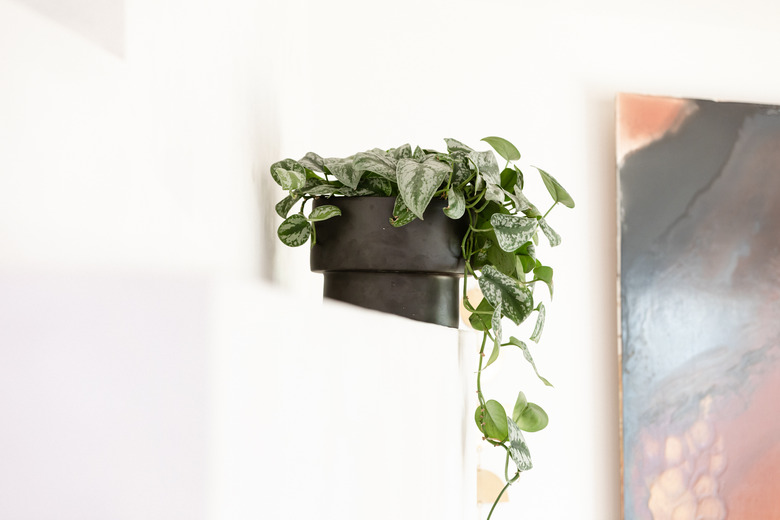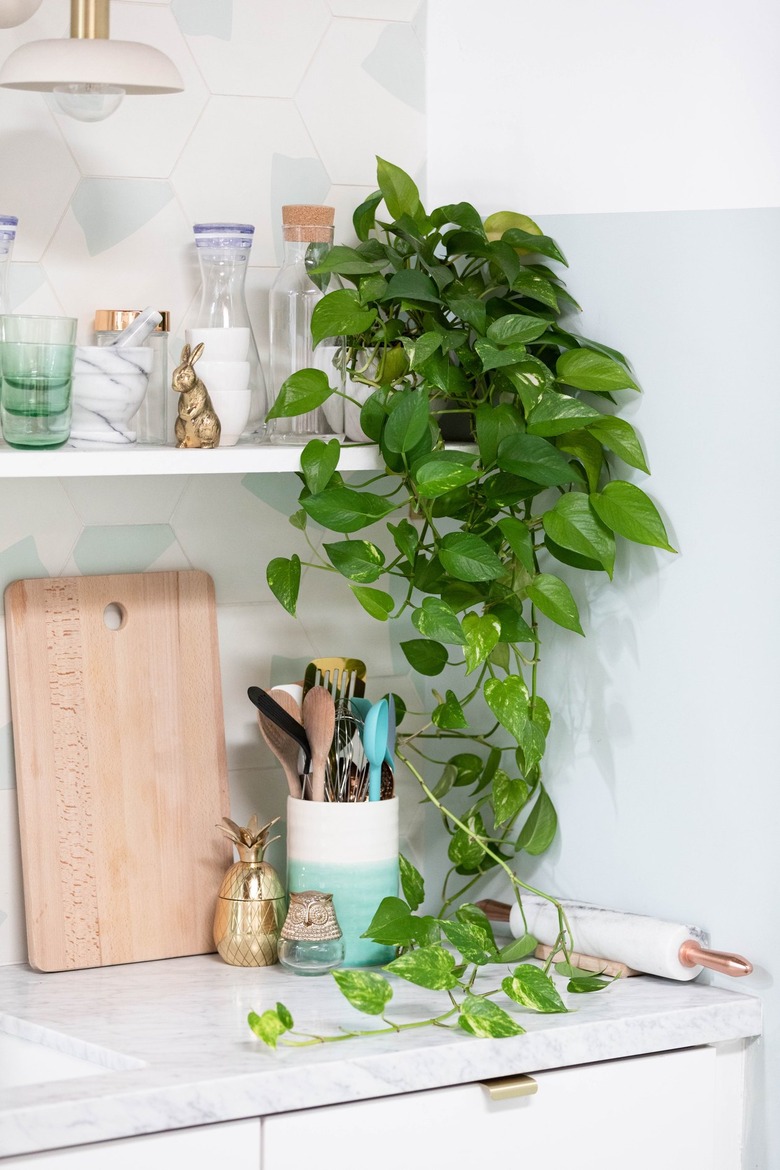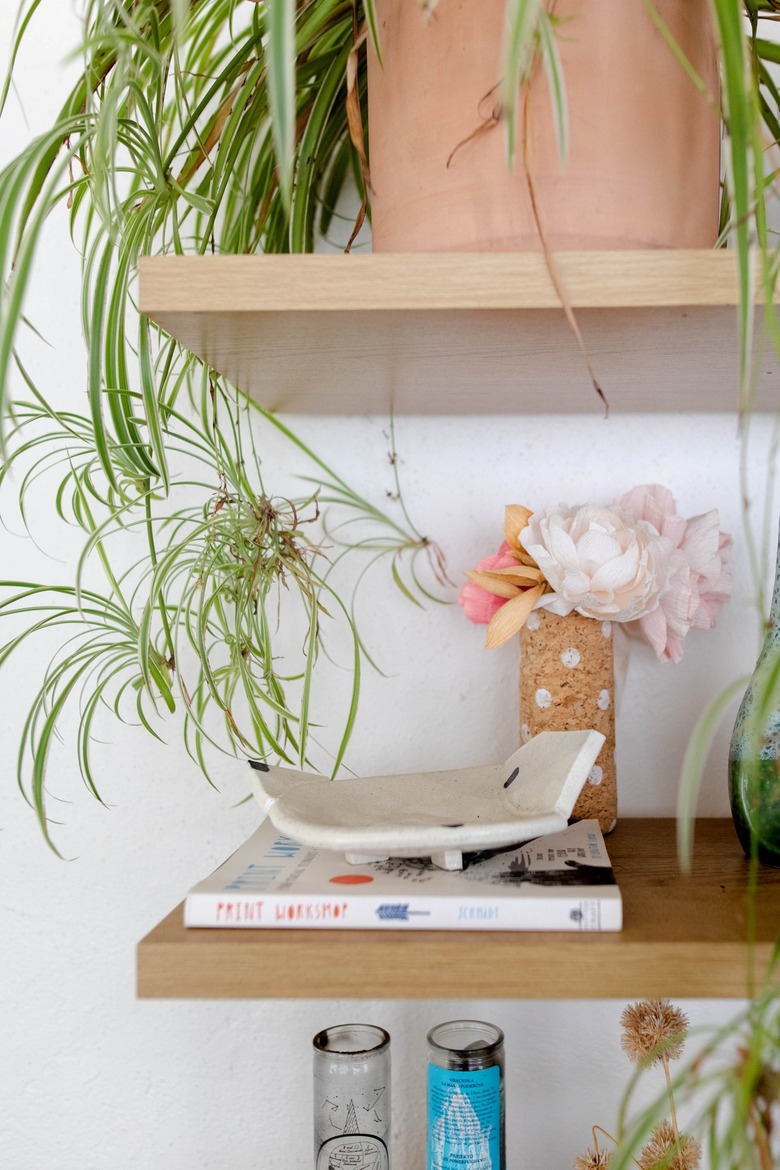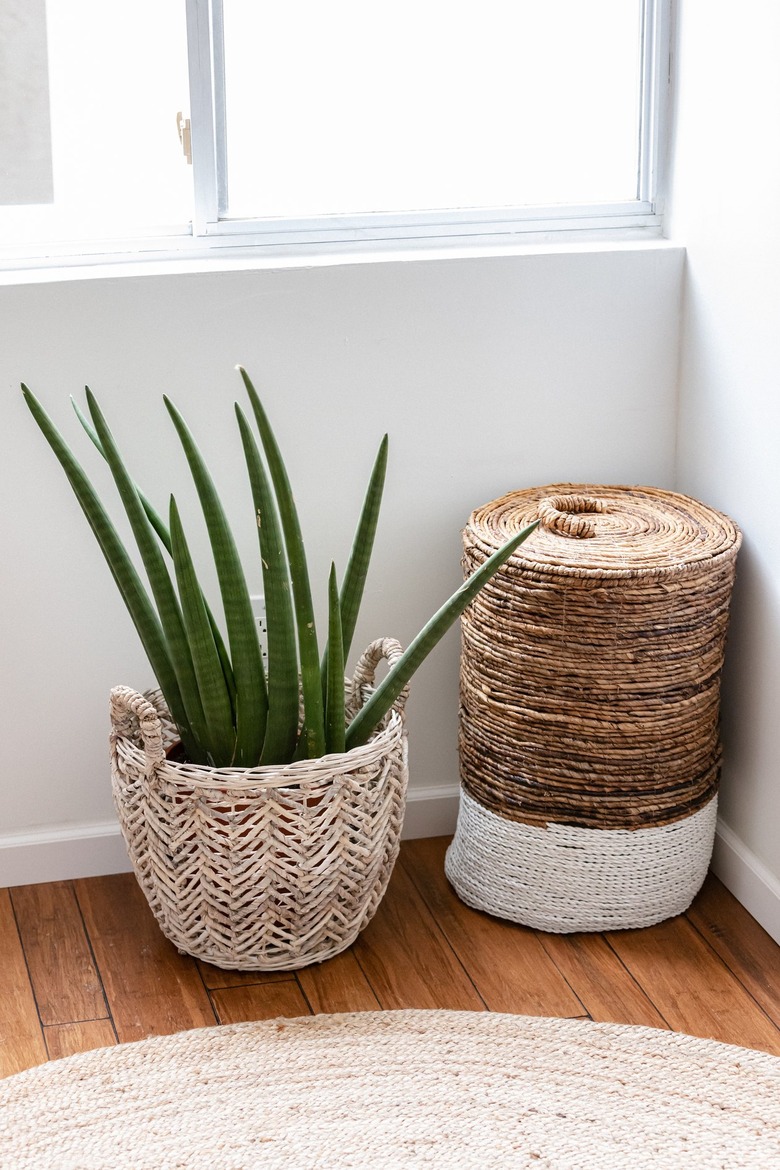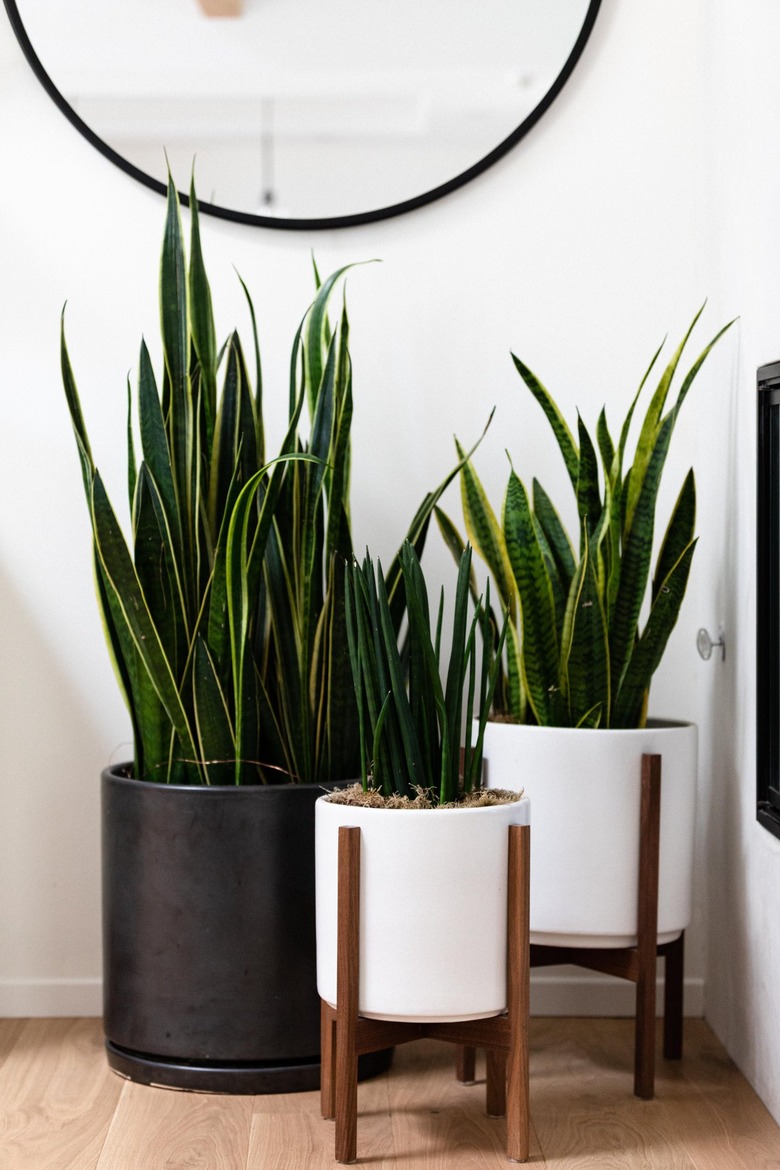These 4 Houseplants Are Best For Beginners
We may receive a commission on purchases made from links.
The trick to beginning a life-long love affair with indoor plants is to start with easy-care, virtually indestructible houseplants that look happy and stay healthy, even if you forget to water. Here are our four top recommendations for beginners.
1. Easy-Breezy Pothos
1. Easy-Breezy Pothos
Golden pothos (Epipremnum aureum) is a lush and lovely houseplant that we would recommend for anyone, beginner and expert alike. It's like a best friend who will stick with you through ups and downs, marriages and divorces, across-the-country moves, and social media mishaps. Pothos may not be unkillable but we've yet to see one dead.
Pothos is a cascading vine and its large, heart-shaped leaves are a bright shade of green, often variegated with yellow or pale green striations. If you like long vines, pothos can grow to 30 feet long indoors, but they are easily pinched off to keep them shorter. Flexible and resilient, pothos grow cheerily in full sun, partial shade, or low-light and thrive under fluorescent lights too. They can go for weeks without water and don't pine for fertilizer either. Pothos is a truly great starter houseplant.
2. Low-Care Spider Plants
2. Low-Care Spider Plants
Spider plants (Chlorophytum comosum) look very different from pothos, but they are equally easy-care. Spider plant foliage is long and grasslike, growing in a rosette of thin, arching leaves that are ideal for hanging baskets. Many varieties are solid green but others have white stripes down the center of each leaf. Most delightfully mature plants produce miniature "spidies" on the ends of long, arched stalks. The babies develop roots as they hang there, and once they do, you can clip them off and plant them.
Spider plants make our "beginner" list because they don't have many hard-and-fast growing requirements. They don't like direct sun, but any type of indirect sun is just fine, whether it's bright, moderate, or low light. They need occasional watering, but that might be every week, every two weeks, or even at three week intervals. They don't attract pests and thrive in ordinary potting soil.
3. Vacation-Proof Aloe Vera
3. Vacation-Proof Aloe Vera
One of the mistakes beginners often make with houseplants is forgetting to water them regularly. But that's no problem with aloe vera (Aloe vera).
You know aloe vera — the trunkless succulent whose toothed "fingers" are filled with gooey gel that relieves sunburn pain. A lovely and useful houseplant, aloe vera is undeniably resilient. In fact, in the gardening world it is said that the only way to kill aloe is to keep it in wet soil. Plant it in well-draining succulent soil, water it deeply when it occurs to you and head out on vacation without a second thought. It only needs a drink every two or three weeks in the summer and much less frequently in winter.
Aloe likes bright indirect light, so find the spot before you bring it home. Artificial light will do just fine as will any temperature between 50 and 85 degrees Fahrenheit.
4. No-Nonsense Snake Plant
4. No-Nonsense Snake Plant
Snake plant (Sanseverria trifasciata) is also known as mother-in-law's-tongue. The common names for this plant don't exactly paint it in a friendly light but remember, they describe the way the houseplant looks, not its character. It is an upright succulent with tall, flat stalks that are pointed on the tips. Each stalk can grow taller than you think, up to a yard or more over time, and a typical snake plant will have six or more stems.
The snake plant is among the most forgiving houseplants we've ever had the pleasure to know. It grows well in full sun or partial sun, but will also be fine in a very low-light. The plant's growth rate will slow in a shady corner but the plant will keep on keeping on.
Too little water is way better for this plant than too much water, and even if you are religious about providing irrigation, you should wait until the plant's soil has dried out significantly. Fertilizer? No need. It's a set-it-and-forget-it kind of plant.
